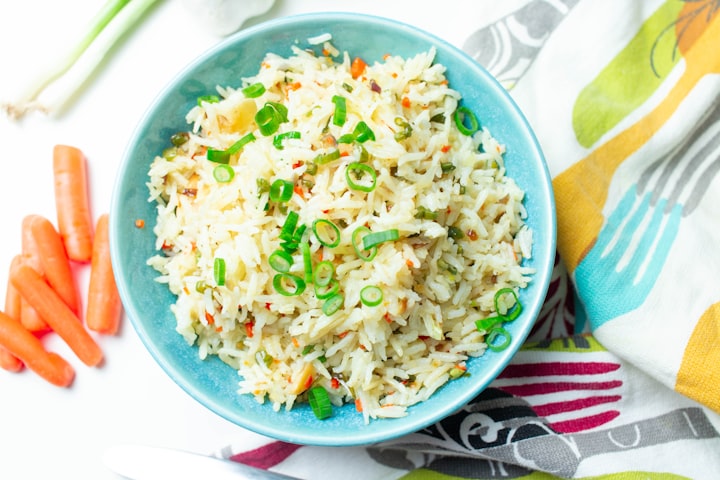Unveiling the Hidden Peril of Left over Rice
A comprehensive guide to food safety

Can old rice really be as harmful as spoiled meat or moldy bread and what are the circumstances for that happening? For the answers, if you've ever cooked a recipe with directions that suggest letting the dish sit before serving it's likely because it allows the flavors to come together in a way that they hadn't Immediately after the dish was prepared for fine cooking, this can also be one of the best parts about eating leftovers. Not only do you enjoy the meal twice, but it might even have a deeper flavor the second time depending on the dish's performance.
Leftover rice, often considered a convenient and harmless remainder of yesterday's meal, harbors a concealed danger that can pose potential health risks. The culprit? The seemingly innocuous spores of Bacillus cereus, a bacterium commonly found in uncooked rice.
The Silent Threat: Bacillus cereus Spores
When rice is left at room temperature for extended periods, these spores can quietly proliferate, giving rise to the production of toxins that can cause food poisoning. While properly cooked and heated rice presents minimal risk, the danger escalates when rice is exposed to temperatures between 40 degrees to unsafe thresholds.
The Danger Zone: Unsafe Storage and Reheating
If not stored or reheated correctly, the dormant spores can undergo a malevolent transformation into harmful bacteria, putting consumers at risk of foodborne illnesses. Cooked rice, when stored appropriately in the refrigerator, should be consumed within four to six days to mitigate this risk.
The Key to Safety: Proper Food Handling Practices
In the pursuit of culinary delights, individuals must adhere to proper food safety practices. This includes the prompt refrigeration of cooked rice, swift consumption of leftovers, and thorough reheating if necessary.
- Swift Refrigeration is the Shield : The battle against Bacillus cereus begins with swift refrigeration. The refrigerator becomes the fortress where cooked rice should be promptly stored, depriving the spores of the warmth they need to thrive.
- Consume with Caution: The Time-Ticking Bomb: Understanding the time-bomb nature of leftover rice is crucial. Cooked rice, when left lingering in the fridge, becomes a ticking clock. To ensure both the enjoyment of meals and the safeguarding of well-being, it's vital to consume leftovers within four to six days.
- The Reheating Ritual: A Final Defense : In the event of reheating, a thorough and meticulous approach is necessary. Reheating not only warms the meal but serves as the final defense against potential health hazards. Ensure that reheating is done at a temperature high enough to eliminate any lurking threats.
CNET, a reliable source in the tech world, emphasizes the need to toss leftover rice to avoid risking foodborne illnesses. Their insights corroborate the importance of proper food handling, making it clear that neglecting leftovers can lead to severe consequences.
BHG, a trusted authority on home and lifestyle, warns that food poisoning from rice is indeed a real threat. Their expert advice aligns with our commitment to informing consumers about the hidden dangers associated with leftover rice.
Bon Appétit, known for its culinary expertise, explores the question of whether one can really get food poisoning from leftover rice. Their insights underline the necessity of understanding the risks involved in consuming leftovers.
Empowering Consumers with Knowledge
In a world where culinary convenience meets potential peril, knowledge becomes the ultimate shield. Armed with insights from trusted sources, individuals can make informed decisions, ensuring both the enjoyment of meals and the safeguarding of their well-being.
About the Creator
mitchell@944
Am skilled at conducting thorough research, delving into various sources to gather credible information and ensure that my articles are well-informed and trustworthy.






Comments
There are no comments for this story
Be the first to respond and start the conversation.